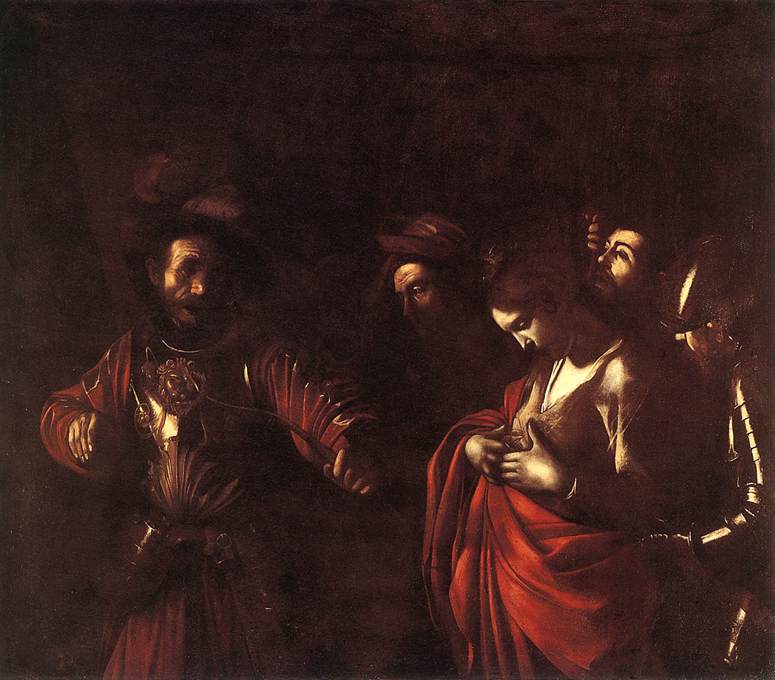Description
The painting "The Martyrdom of Saint Ursula" by the Italian artist Caravaggio is an impressive work that combines realism and emotion in one dramatic composition. The painting represents the moment when Saint Ursula and her companions are massacred by the Huns in the 4th century.
Caravaggio uses his characteristic gloomy style, characterized by a strong contrast between light and shadow, to create a dark and oppressive environment. The light is concentrated on the faces of the victims, highlighting their suffering and pain.
The composition of the painting is highly dynamic, with the twisted bodies and pained expressions of the victims creating a sense of movement and tension. Caravaggio also uses the chiaroscuro technique to create depth and give a sense of three-dimensionality to the scene.
The paint color is dark and sombre, with predominant earthy and gray tones. However, Caravaggio uses touches of red to highlight the blood and violence of the scene.
The history of the painting is interesting because it was commissioned by Cardinal Scipione Borghese, who was a great admirer of Caravaggio. However, the painting was rejected by the Church due to its graphic depiction of martyrdom and was sold to a private collector.
A little-known aspect of the painting is that Caravaggio used his own face as a model for the Hun holding the sword. This is an example of the self-portrait technique, which was common in Caravaggio's work.
In summary, the painting "The Martyrdom of Saint Ursula" is a masterpiece of Italian Baroque art that combines realism, emotion and drama in a dynamic and powerful composition. The gloomy technique, dynamic composition, and use of dark, somber color make the painting an impressive work that continues to fascinate viewers to this day.

